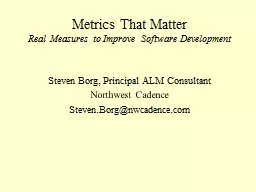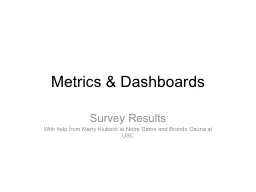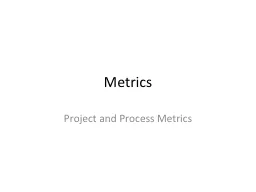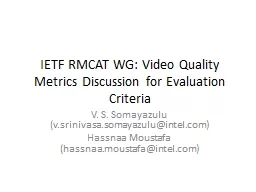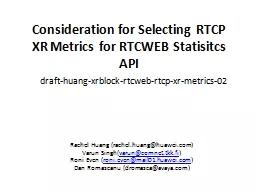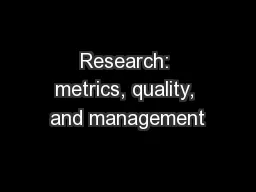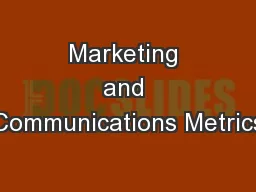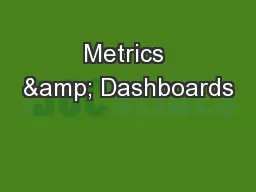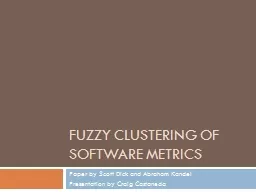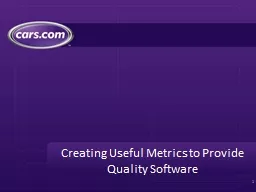PPT-Metrics That Matter Real Measures to Improve Software Development
Author : pasty-toler | Published Date : 2018-11-08
Steven Borg Principal ALM Consultant Northwest Cadence StevenBorgnwcadencecom Every best in class company measures software quality There are no exceptions If
Presentation Embed Code
Download Presentation
Download Presentation The PPT/PDF document "Metrics That Matter Real Measures to Imp..." is the property of its rightful owner. Permission is granted to download and print the materials on this website for personal, non-commercial use only, and to display it on your personal computer provided you do not modify the materials and that you retain all copyright notices contained in the materials. By downloading content from our website, you accept the terms of this agreement.
Metrics That Matter Real Measures to Improve Software Development: Transcript
Download Rules Of Document
"Metrics That Matter Real Measures to Improve Software Development"The content belongs to its owner. You may download and print it for personal use, without modification, and keep all copyright notices. By downloading, you agree to these terms.
Related Documents

